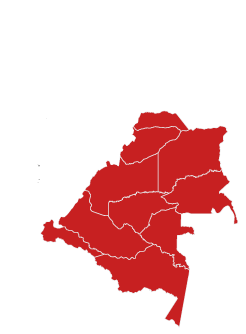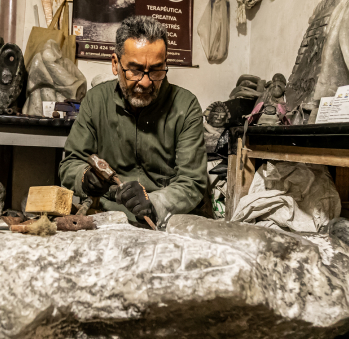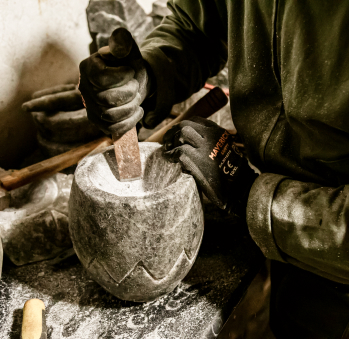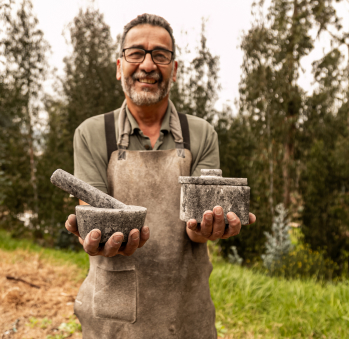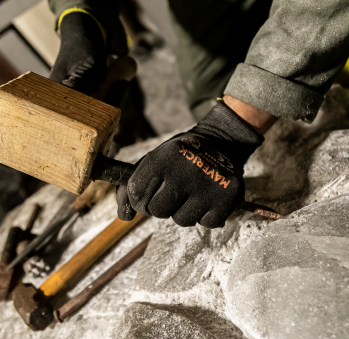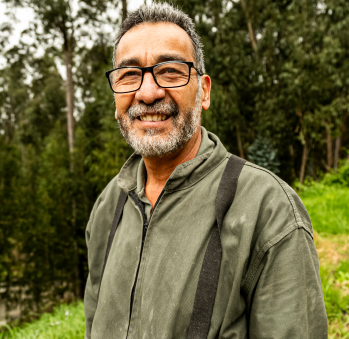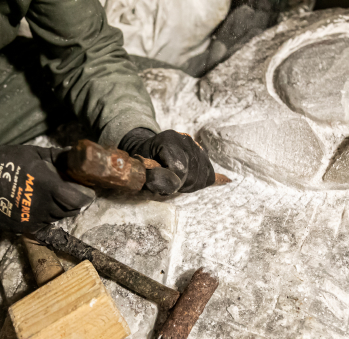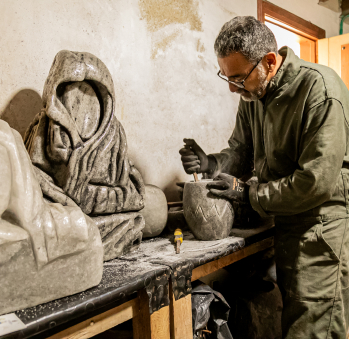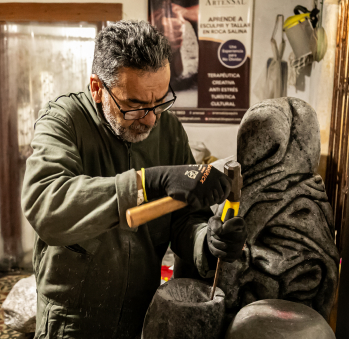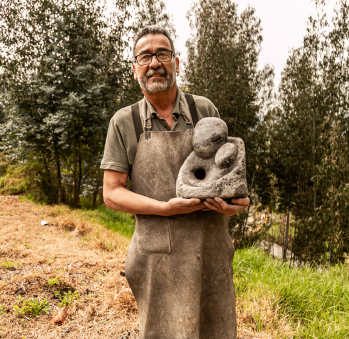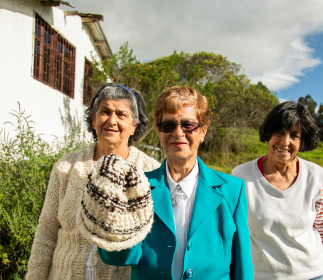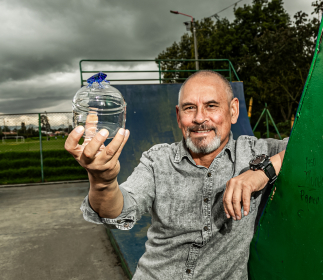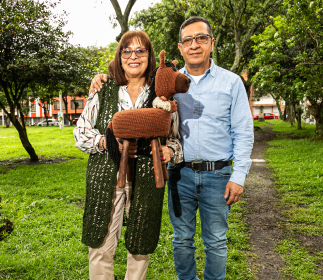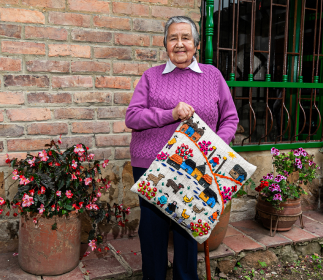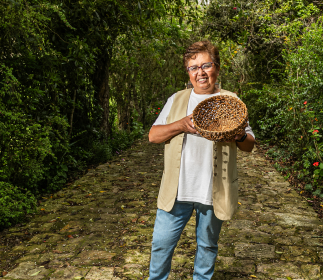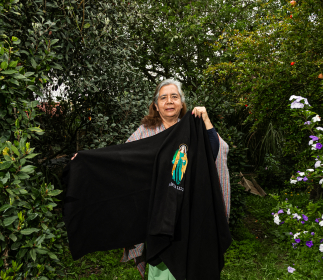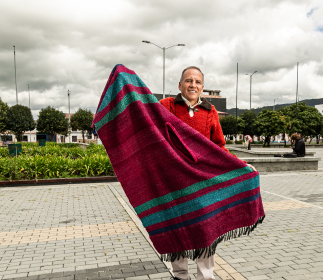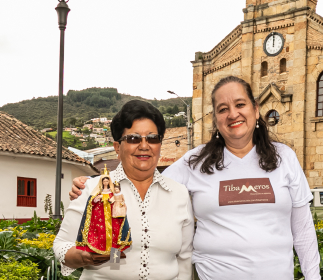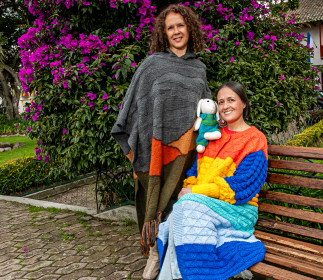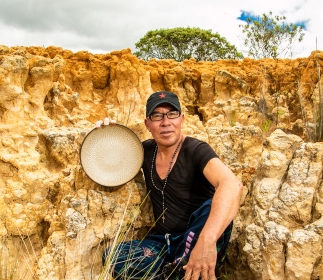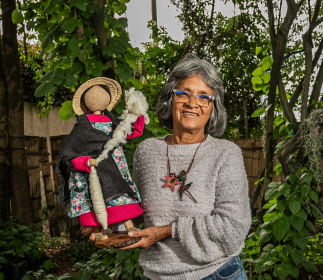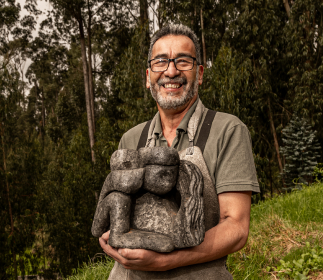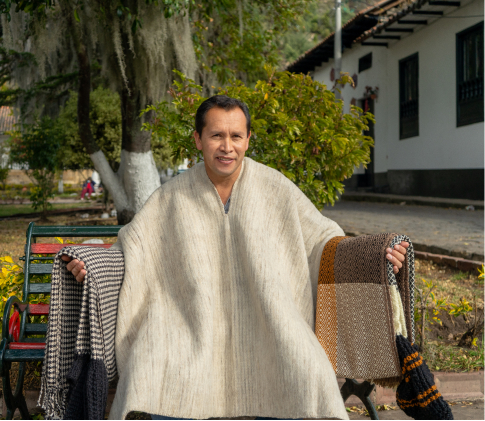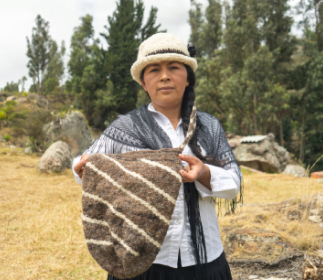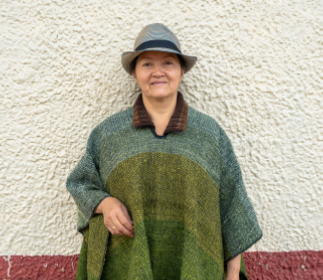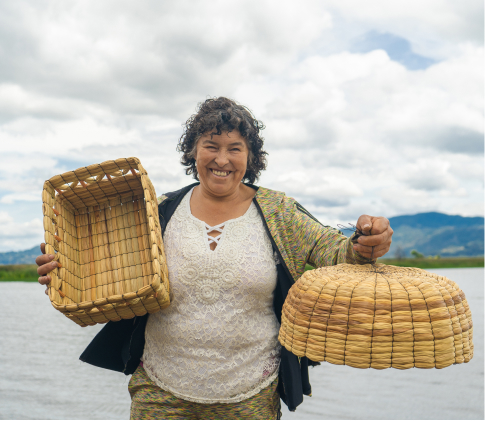Ronni Edgar Martínez
Workshop: Arte en sal, la sal hecha arte
Craft: Work on lithic materials
Trail: Cundinamarca Route
Location: Zipaquirá, Cundinamarca
Ronni is originally from Bogotá but grew up in Sogamoso, Boyacá. However, it’s Zipaquirá where he has become an ambassador, creating sculptures out of salt rock for the past ten years. The raw material that made this town famous, thanks to the iconic Salt Cathedral built there in 1950, has become his object of devotion. He gazes at the stone, fascinated, and gently caresses it until it transforms into a figure that others will contemplate.
Fortunately for the artisan community, this tourism administrator couldn’t find work in his field. He had moved there accompanying his wife, an English teacher who had been transferred. This led him to explore new paths, and once in Zipaquirá, turning to look at the surrounding mineral was only natural. He enrolled in a salt carving course, taught by a master who aimed to challenge those who claimed you couldn’t sculpt with salt rock.
This endeavor naturally led him into a history spanning many years, even centuries, where salt was used as currency. In fact, following the salt trails, the conquistador Gonzalo Jiménez de Quesada crossed the route from La Guajira to the Magdalena River and into the Andes; chronicles recount him stepping into the mines of Zipaquirá, Tausa, and Nemocón in 1537. It’s also said that the foundation of Santafé de Bogotá in 1538 owes much to the proximity to this source of wealth.
All this history, of how salt forms almost alchemically on rocks, of its extraction by the Muisca people using clay vessels called gachas, becomes part of a captivating narrative that Ronni accompanies with a demonstration of his work in gem salt or vigua, which is salt rock at its finest.
He’s well-known in the area now, so when there’s a risk of collapse in the mines, they call him to recover some rock before sealing it off forever. This involves major operations because, as he tells us, these are monumental and extremely heavy stones; for instance, a rock measuring about 50 by 50 centimeters can easily weigh 100 kilograms. Thus, in his workshop at the warehouses of the famous Libertador Inn, right next to the Cathedral, he stores rocks weighing up to 300 kilograms, waiting to become sculptures one day.
His sculpting work, where he has developed a style of abstract figures with dynamic movement, is combined with the creation of all kinds of salt products—ideas brought to life with his wife, given salt’s renowned therapeutic properties. They make everything from quartzes, candles, and essential oils to mortars and cooking slabs that withstand temperatures up to 300 degrees Celsius, seasoning food as it cooks. His creativity knows no bounds and has taken him to fairs and collaborations with Artesanías de Colombia Design Laboratory. Moreover, he’s also exploring artistic avenues and has created salt pieces for artists exhibited at Bogotá’s art fair, Artbo. Finally, he paid homage to salt with a sculpture narrating its role in the liberation campaign. Like salt, Ronni’s world unfolds as a gift wrapped in brine.
Craft
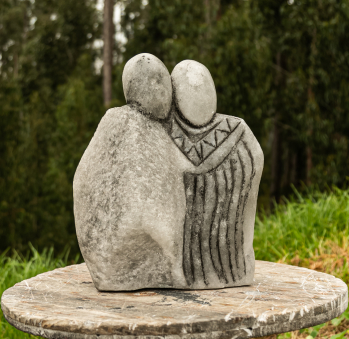
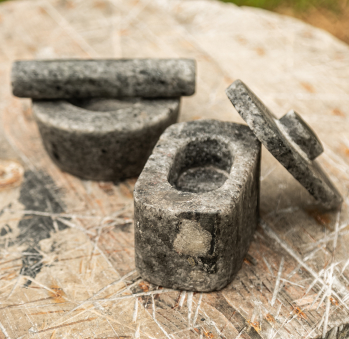
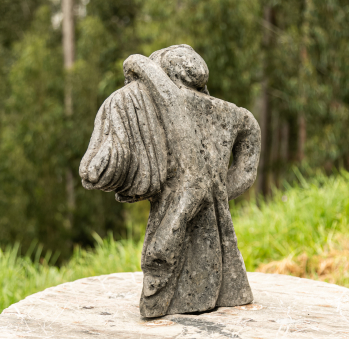
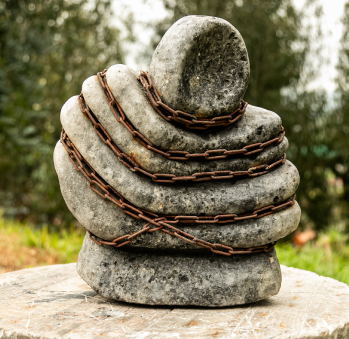
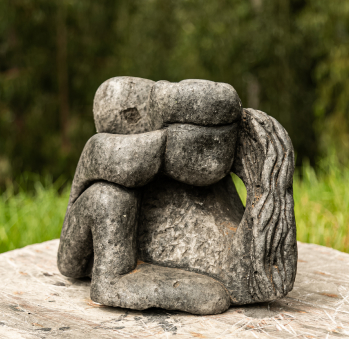
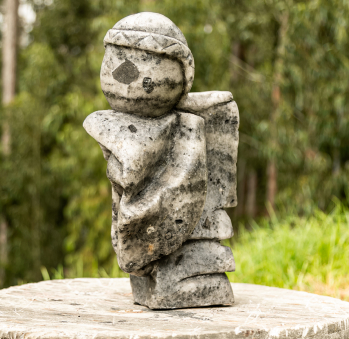
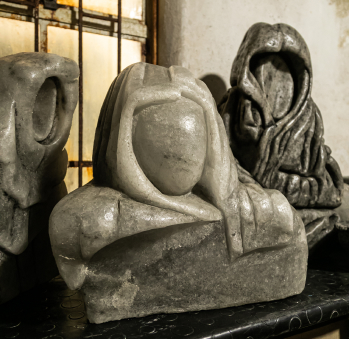
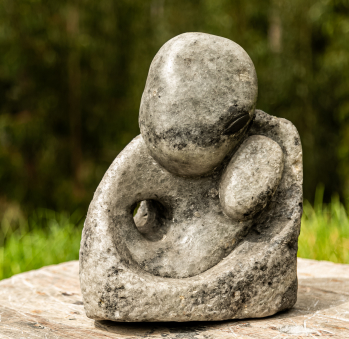
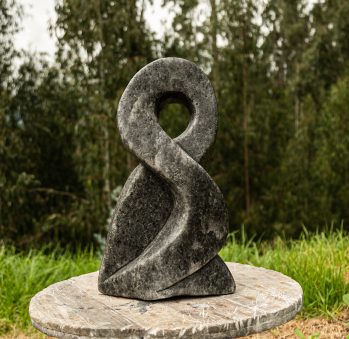









Artisans along the way
Artisans along the way
No puede copiar contenido de esta página


